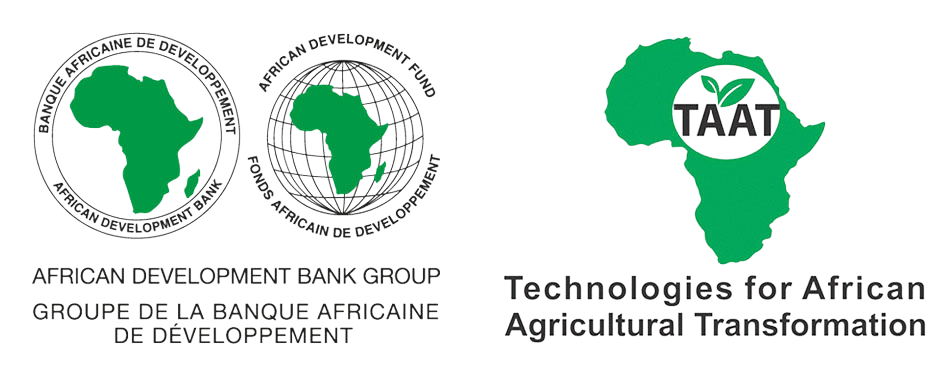

Transforming waste into wealth
Value Addition to Poultry Manure is a process that transforms chicken manure into a nutrient-rich organic fertilizer. This practice enhances its suitability for plant growth while mitigating potential issues like pathogens and unpleasant odors. Each chicken produces about three to five kilograms of manure monthly. To handle it properly, composting is essential to detoxify the manure and minimize ammonia loss. Optimal composting conditions include covering the pile and retaining liquid, as a significant portion of nitrogen exists in urine. Additionally, operating a free-run chicken production system or collecting manure for composting adds value to this resource, reducing reliance on chemical fertilizers.
This technology is TAAT1 validated.
drying and pelleting equipment
organic fertiliser production plant of 15 ton per hour
15 m3 anaerobic digester able to process 300 kg of poultry manure per day
Open source / open access
Pathogen-Free Organic Fertilizer Production: The technology converts chicken manure into a safe, nutrient-rich organic fertilizer through composting and value addition, eliminating harmful pathogens and ensuring plant health and human safety.
Sustainable Mitigation of Environmental Impact from Poultry Manure: The technology transforms raw chicken manure into valuable organic fertilizer, significantly reducing environmental impact. It curtails odors, prevents groundwater contamination, and mitigates methane emissions, benefiting both the environment and local communities.
Cost-Efficient Poultry Waste Management through Fertilizer Production: The technology offers a cost-effective solution by repurposing chicken manure into a valuable organic fertilizer. This not only reduces waste management costs but also creates an economically valuable product, enhancing overall farm profitability.
For farmers and local business
Local fertilizer businesses can create a new, eco-friendly product line with poultry manure compost, catering to the growing demand for organic options. Farmers benefit by turning waste into a valuable soil amendment, improving crop yields and reducing reliance on expensive chemical fertilizers. This not only saves them money but also promotes healthier soil and higher quality food.
To integrate this technology in your business, follow these steps:
Adults 18 and over: Positive high
The poor: Positive high
Under 18: Positive high
Women: Positive high
Climate adaptability: Highly adaptable
Farmer climate change readiness: Significant improvement
Biodiversity: Positive impact on biodiversity
Carbon footprint: Much less carbon released
Environmental health: Greatly improves environmental health
Soil quality: Improves soil health and fertility
Water use: A bit less water used
| Country | Testing ongoing | Tested | Adopted |
|---|---|---|---|
| Benin | –No ongoing testing | Tested | Adopted |
| Botswana | –No ongoing testing | –Not tested | Adopted |
| Burundi | –No ongoing testing | Tested | Adopted |
| Central African Republic | –No ongoing testing | Tested | Adopted |
| Côte d’Ivoire | –No ongoing testing | –Not tested | Adopted |
| Democratic Republic of the Congo | –No ongoing testing | Tested | Adopted |
| Ethiopia | –No ongoing testing | Tested | Adopted |
| Gabon | –No ongoing testing | Tested | Adopted |
| Ghana | –No ongoing testing | –Not tested | Adopted |
| Guinea | –No ongoing testing | –Not tested | Adopted |
| Kenya | –No ongoing testing | Tested | Adopted |
| Madagascar | –No ongoing testing | –Not tested | Adopted |
| Malawi | –No ongoing testing | –Not tested | Adopted |
| Mozambique | –No ongoing testing | –Not tested | Adopted |
| Niger | –No ongoing testing | –Not tested | Adopted |
| Nigeria | –No ongoing testing | –Not tested | Adopted |
| Rwanda | –No ongoing testing | Tested | Adopted |
| Senegal | –No ongoing testing | –Not tested | Adopted |
| Sierra Leone | –No ongoing testing | –Not tested | Adopted |
| Somalia | –No ongoing testing | Tested | Adopted |
| South Sudan | –No ongoing testing | Tested | Adopted |
| Tanzania | –No ongoing testing | Tested | Adopted |
| Uganda | –No ongoing testing | Tested | Adopted |
| Zambia | –No ongoing testing | –Not tested | Adopted |
| Zimbabwe | –No ongoing testing | –Not tested | Adopted |
This technology can be used in the colored agro-ecological zones. Any zones shown in white are not suitable for this technology.
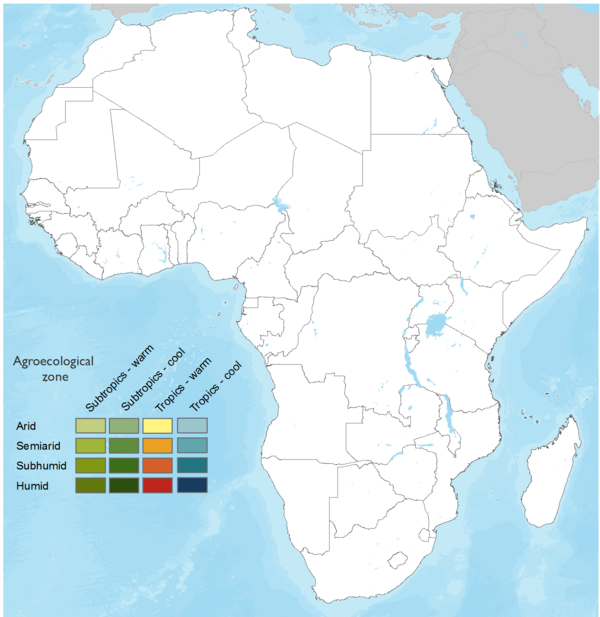
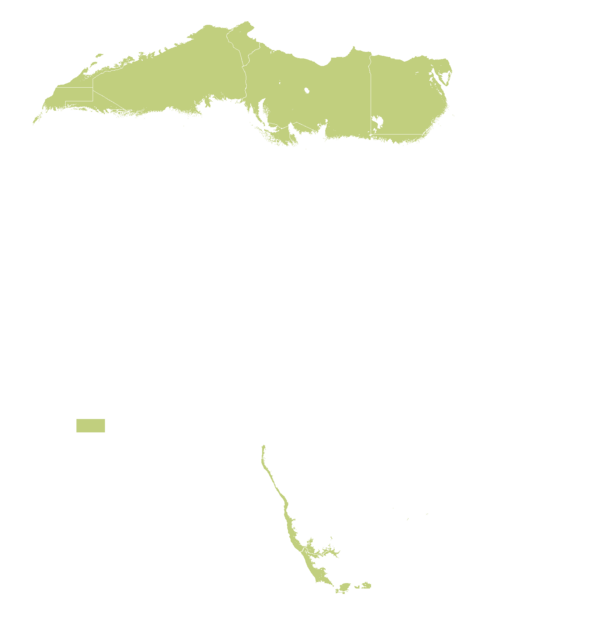










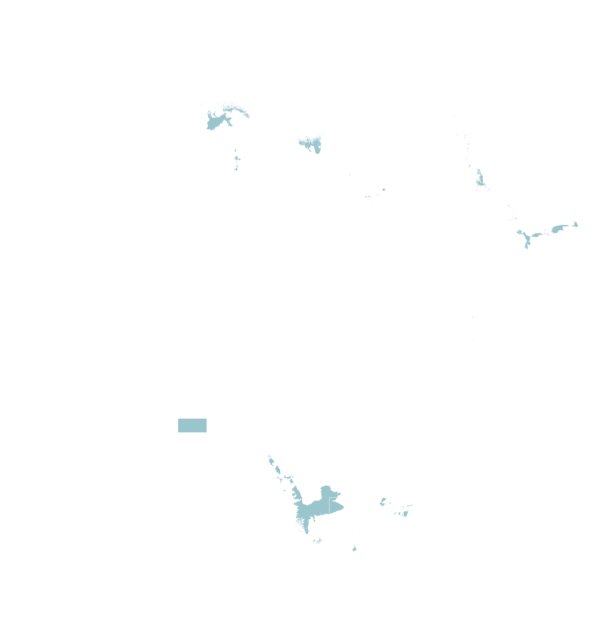

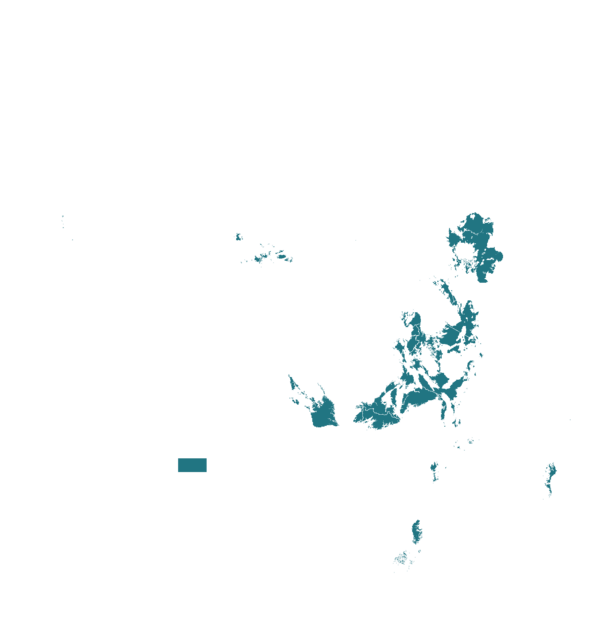

| AEZ | Subtropic - warm | Subtropic - cool | Tropic - warm | Tropic - cool |
|---|---|---|---|---|
| Arid | ||||
| Semiarid | ||||
| Subhumid | ||||
| Humid |
Source: HarvestChoice/IFPRI 2009
The United Nations Sustainable Development Goals that are applicable to this technology.
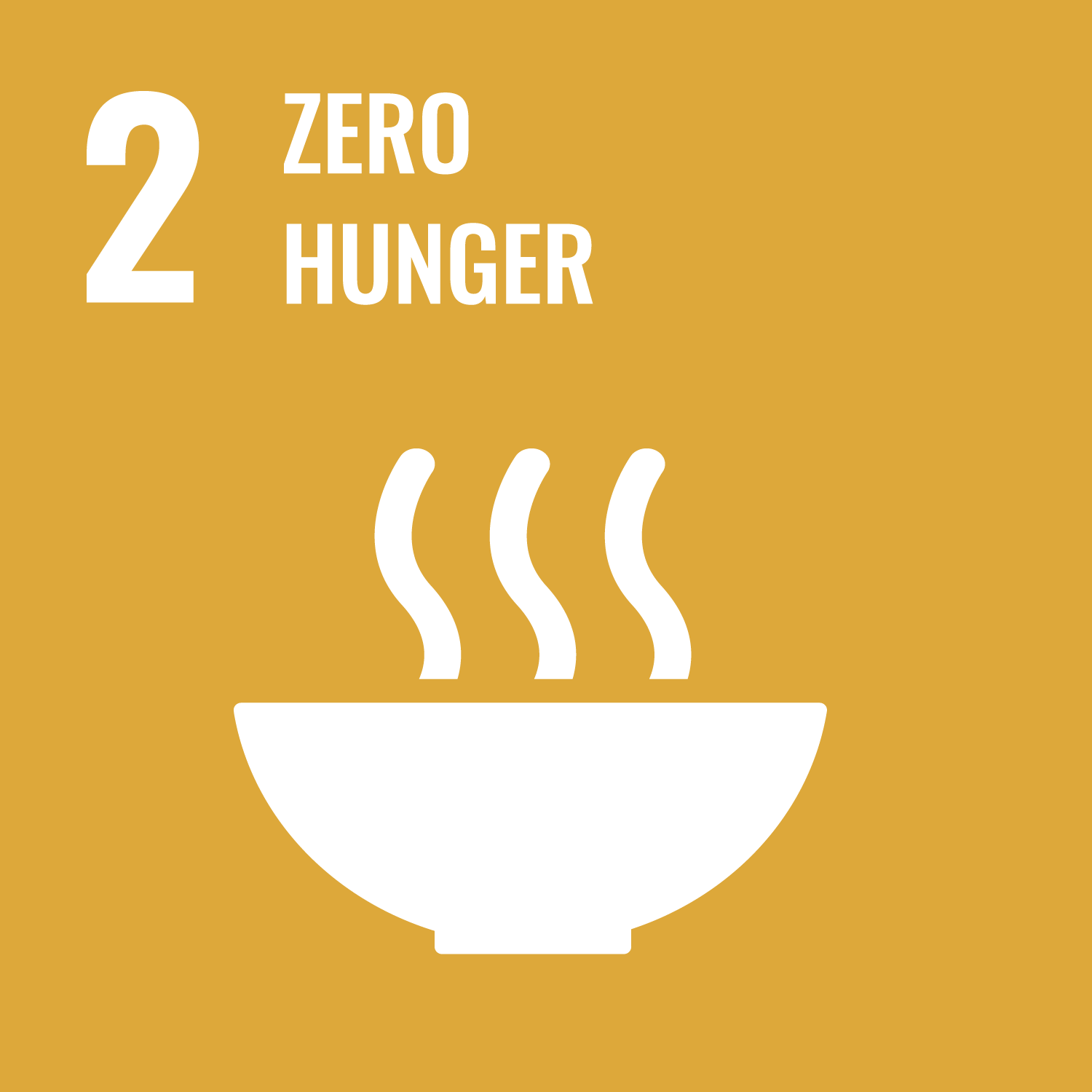
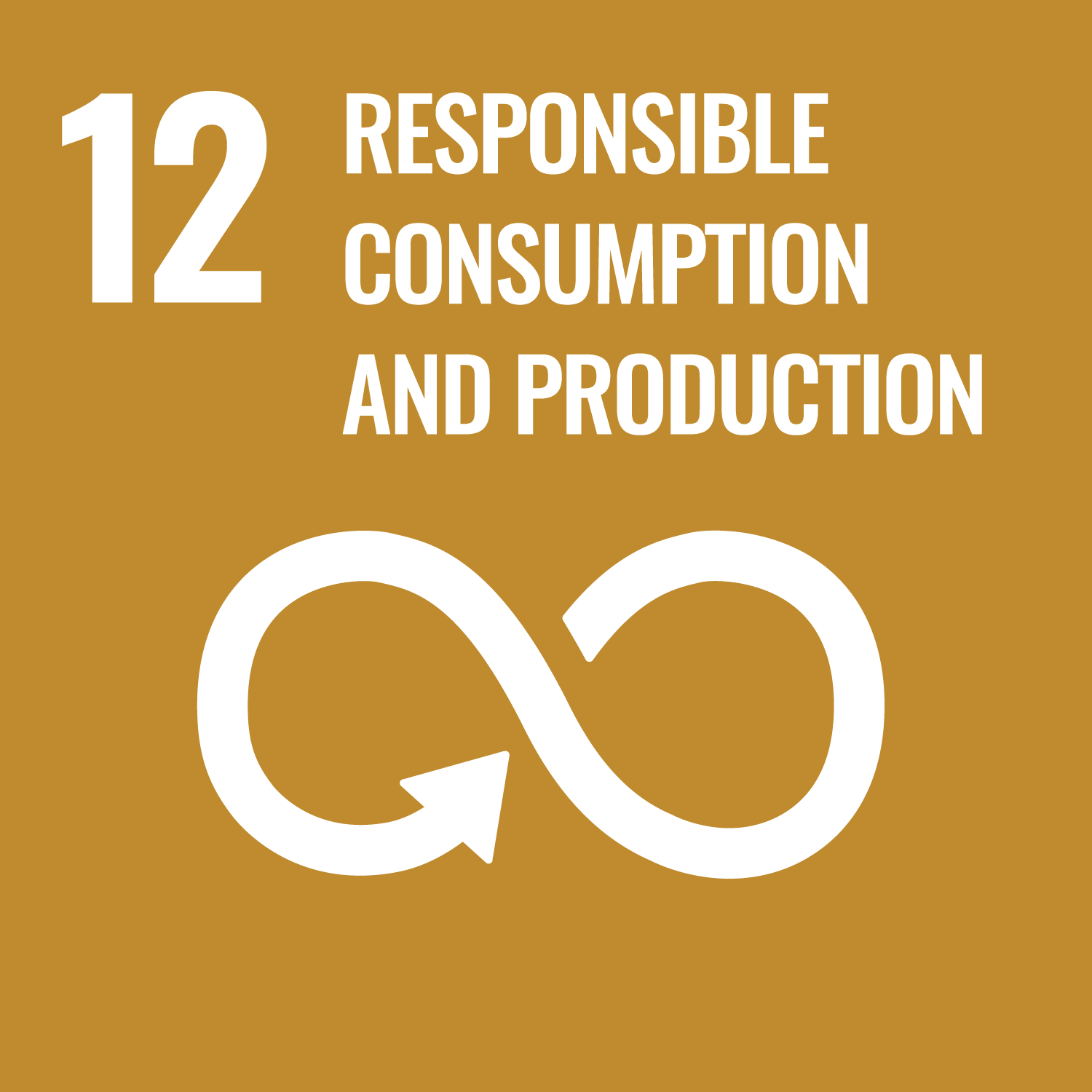
Collection and Separation:
Composting:
Formulation Optimization:
Quality Control and Safety Measures:
Application:
Last updated on 22 May 2024